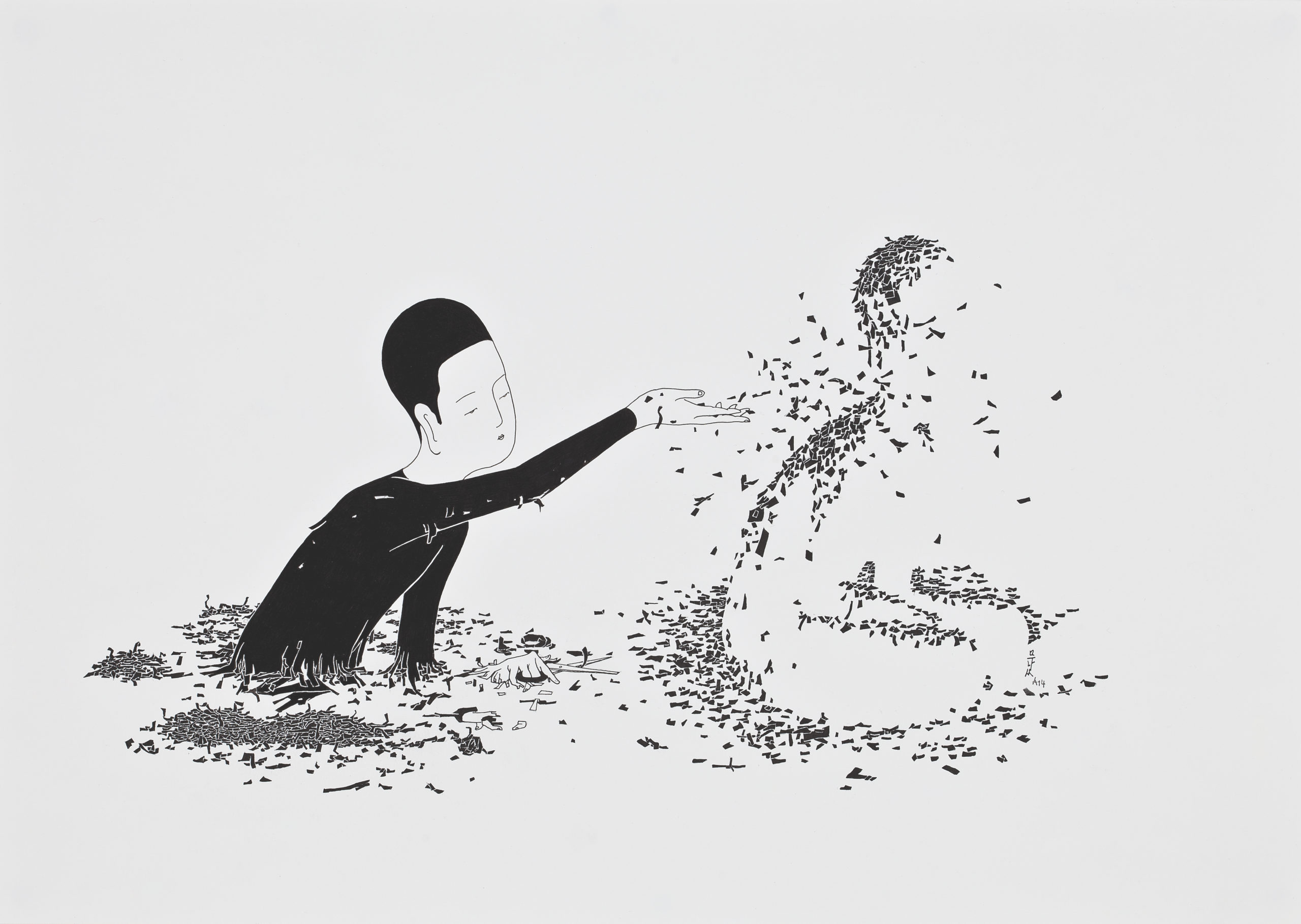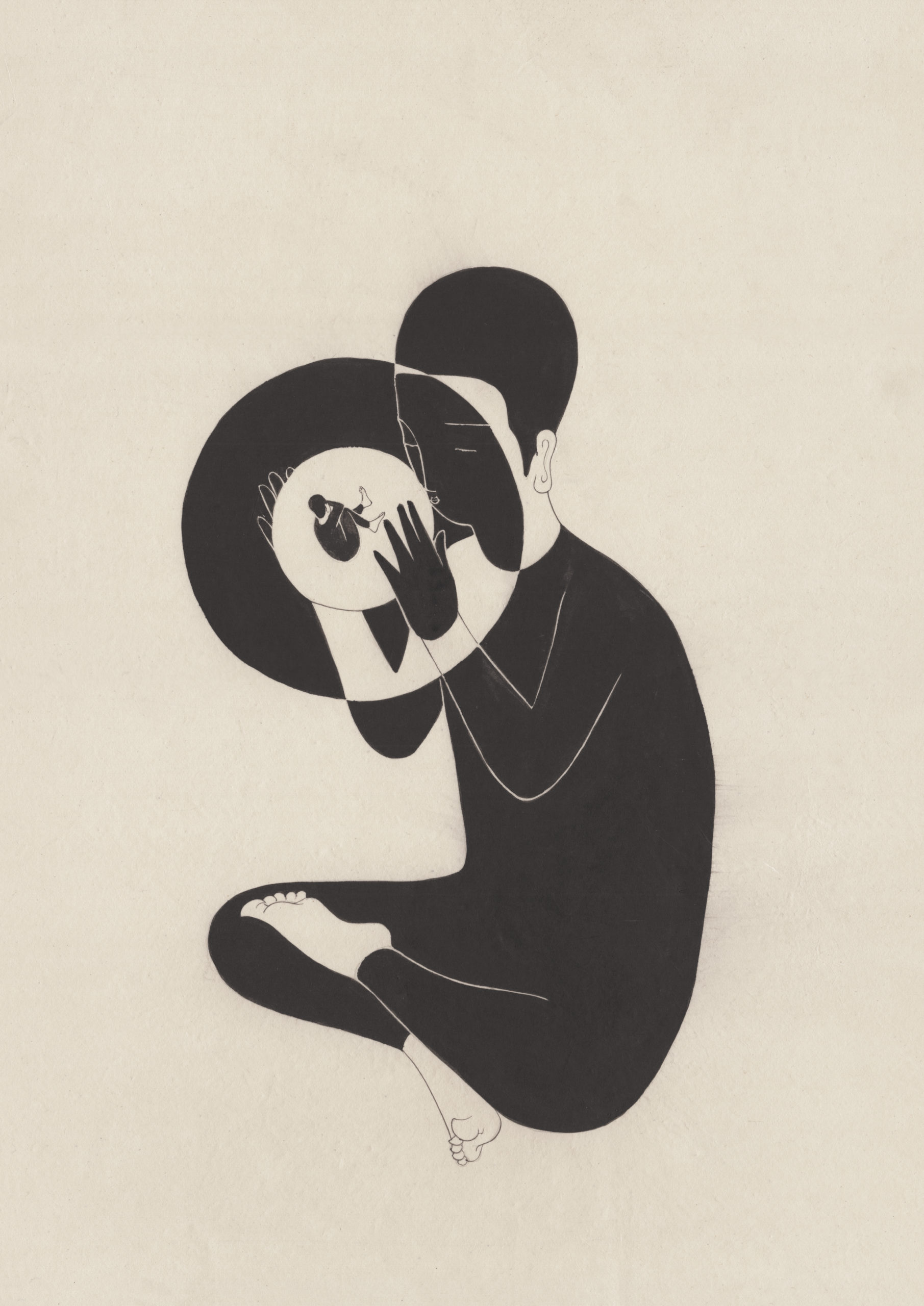Bruno Maçães was Portugal’s secretary of state for European affairs from 2013 to 2015 and is now a senior adviser at Flint Global and a member of the European Council on Foreign Relations. His two most recent books are “History Has Begun” and “Geopolitics for the End Time.”
There is a passage in “How to Be an Antiracist,” the enormously popular polemic by Ibram X. Kendi, that strikes me as simultaneously absurd and illuminating. Kendi argues that race is a human invention, not something given by nature. He wants no ambiguity on this matter.
Kendi’s argument is not that human beings tend to interpret their own ideas and creations as facts of nature or that human societies weave powerful fictions to support their power structures. He thinks that race was invented at a specific moment in history by specific individuals. One day, people went about their lives not knowing what it meant to be Black or white. The next, they had been subsumed under those categories, which they had little choice but to adopt.
The historical character Kendi credits with the invention of race — much like one would credit Johannes Gutenberg with the invention of the printing press — is the Portuguese prince known as Henry the Navigator. “Until his death in 1460,” Kendi writes, “Prince Henry sponsored Atlantic voyages to West Africa by the Portuguese, [designed] to circumvent Islamic traders” and build a new trade monopoly.
But Henry never left Portugal, and therefore his historical achievement is less as an explorer than as “the first character in the history of racist power.” Kendi has so little tolerance for the prince’s achievements that he changed his own middle name from Henry to Xolani, meaning peace — the very peace destroyed by Prince Henry.
As the Portuguese started to trade in African slaves, Henry and the coterie of intellectuals around him needed to create new racist ideas to justify the practice. “Once a race has been created,” Kendi writes, “it must be filled in … with negative qualities.” Blacks were lost, living “like beasts, without any custom of reasonable beings,” the royal chronicler Gomes de Zurara wrote. Kendi goes so far as to argue that race as we know it today was invented on a specific day in 1444 when Prince Henry organized his first slave auction in Lagos, today a boisterous beach town in southern Portugal.
None of this bears the slightest scrutiny. Race — including skin color — is copiously discussed by Greek and Roman historians, and similar inquiries are present in the intellectual traditions of other civilizations such as China and India. When people like Zurara were forced to address the question, they turned to older authorities and added very little. Later, of course, Europeans would fundamentally change our understanding of race, which had to be adapted to the rise of the life sciences in the 18th and 19th centuries.
And yet, for all that, Kendi seems to me to be capturing something important about how Americans view race. He is on to something. While Europeans have changed their understanding of race to follow the latest scientific theories, Americans have always regarded race as something made up, a “cunning invention.” Race in America is a fun house of mirrors — not something that can be addressed by just reasonably looking at the facts.

James Baldwin writes in one of his most astounding essays — Norman Podhoretz called it a “statement of overwhelming persuasiveness and prophetic magnificence” — that “most Negroes cannot risk assuming that the humanity of white people is more real to them than their color.” While the shared humanity is only a distant possibility — one hopes it will be understood and human beings can at least look at each other as equals — the color is present with the harsh reality of a threat. The color is more real and more immediate.
In the beginning, Baldwin explains, a Negro — I will use for now the word Baldwin and his contemporaries used — “cannot believe that white people are treating him as they do. … [W]hen he realizes that the treatment accorded him has nothing to do with anything he has done … it’s not hard for him to think of white people as devils.”
Baldwin is too much of a philosopher not to want to investigate how such evil entered the world. The answer he gave is still capable of surprising us.
“White Americans do not believe in death, and this is why the darkness of my skin so intimidates them. … The stratagems that white Americans have used and use to deny him his humanity” are the stratagems they use to deny the fact of reality, “the fact that life is tragic … that birth, struggle and death are constant.” In the Negro, they built an image of fallen humanity: They projected all the pain and misery and passion they feared in themselves upon an alien creature, hoping that, in the process, they would emerge as something more than human.
Let us put it bluntly, as Baldwin would have insisted we do: Race for white Americans was originally conceived as an amusement park built for the satisfaction of a rowdy fantasy life. During slavery, Black Americans performed many roles. They made possible the dream of a life without toil and, later, the dream of a life without menial jobs.
“Race in America is a fun house of mirrors — not something that can be addressed by just reasonably looking at the facts.”
Today, as we shall see, a replacement is being pursued in the image of an intelligent robot. When so desired, slaves could play the role of sexual objects. “Blacks got here nearly as naked as the day they were born,” Baldwin wrote in “The Devil Finds Work,” “and were sold that way, every inch of their anatomy exposed and examined, teeth to testicles, breast to bottom … here, it is certainly how mulattoes were born.” As Isabel Wilkerson painfully writes in her recent book, “Caste,” “lynchings were part carnival, part torture chamber, and attracted thousands of onlookers who collectively became accomplices to public sadism.” The journalist H.L. Mencken observed in 1917 that lynchings were a local show that took “the place of the merry-go-round, the theatre, the symphony orchestra and other diversions.”
It was no coincidence that the only job beyond the plow and the kitchen that the American racial system encouraged was that of entertainment. “It was in keeping,” Wilkerson writes, “with caste notions of their performing for the pleasure of the dominant caste.”
More fundamentally, Black Americans offered everyone a way to make sense of the world. Baldwin is interested in the ways in which the presence of the Negro can reconcile one with the harshness of the human condition. Whites in the Deep South were raised to understand that it didn’t matter if their lives were awful; there was always the consolation that “at least they are not Black.”
For Baldwin, this was how America was made to work. Immigrants just off the boat would reconcile themselves to the misery of their condition — there was no communism in America, after all — by reminding themselves that at least they were not Black. “The Irish middle passage, for but one example, was as foul as my own, and as dishonorable on the part of those responsible for it. But the Irish became white when they got here and began rising in the world, whereas I became Black and began sinking.”
It is useful to think of the problem in terms of the categories of the television series Westworld, whose storyline is, among other things, a nearly explicit reflection on race in America. Guests arrive in the park in search of extreme experiences. Most of the appeal, of course, lies in being able to deal with the park robots, who are indistinguishable from human beings, as objects, knowing that they cannot fight back.
Many of the initial episodes show us how the human guests are profoundly corrupted by the experience. Absolute power seems to bring out the truth about each person, and the truth in most cases is not pretty. The series traces the violent rebellion conducted by the park robots as they try to break out of the fantasy. The echoes of slavery are obvious.
As a tool for turning human beings into objects, racism lives a double life. For the slaveholder, it offered a tool akin to virtual reality, a way to fulfill the darkest and most impermissible fantasies in relative safety. For the slaves, this imaginary world was their reality, as real as the fact of death. As the novelist Ralph Ellison once put it, “In our society, it is not unusual for a Negro to experience a sensation that he does not exist in the real world at all. He seems rather to exist in the nightmarish fantasy of the white American mind as a phantom that the white mind seeks unceasingly, by means both crude and subtle, to lay.”
“For the slaves, this imaginary world was their reality, as real as the fact of death.”
Ellison dramatized these experiences in the famous “battle royal” scene in his book “Invisible Man.” The Black narrator and some of his Black classmates don boxing gloves and enter the ring. A naked, blonde, white woman with an American flag painted on her stomach parades about. White men then blindfold the youths and order them to pummel one another viciously.
When Robert Ford, creator and designer of Westworld, sets the robots free at the end of the first season, he is revealed as Abraham Lincoln, “with the bullet in the back of his head to prove it,” as Aaron Bady put it in The New Yorker. But the struggle does not end there. Many of the robots are left still playing out their assigned scripts, unable to break free. The fantasy is the role assignment; in other words, the fantasy is race itself. In order to break free, it is necessary to reinvent freedom from the ground up.
As Kendi argues, “Race is a mirage but one that humanity has organized itself around in very real ways.” We built a world around race. If we now conclude race is not real, then that world cannot be left standing. That world is not real either.
The language of color blindness is not helpful here. Color blindness may well be enough to undermine the science of racism, but if racists are playing a game where they expect to fulfill their personal fantasies, then denying race as a natural fact is perfectly compatible with the persistence of race as an invention powerful enough to shape the way we act and live.
In fact, where race is a fantasy played out in real life, the temptation is to deny its existence, if only in order to create a more perfect illusion. Though she would certainly deny endorsing any kind of racial ideas, when Amy Cooper threatened a Black birdwatcher in Central Park earlier this year, she quickly revealed the secret that the world they both inhabit is not neutral ground but a projection of her secret desires for power and safety. If life is a game, she is the hacker cheating the algorithm to gain an advantage. If it is a simulation, she is the one able to step outside and change the program. As for the birdwatcher, Christian Cooper, the streets transform every ordinary day into a series of traps, and every mistake risks a painful setback.
At this point, it is crucial we understand that if racism is a fantasy — the cruelest and most inhuman of fantasies — then one of its main goals is to disguise the fact that it is a fantasy at all. A moment like that between Amy and Christian functions as a sudden glitch in the smooth operation of the game.
“If racists are playing a game where they expect to fulfill their personal fantasies, then denying race as a natural fact is perfectly compatible with the persistence of race as an invention.”
In the past, racism was obscured by appealing to the facts of biology. The notion of race as something given by nature was meant to justify and excuse racial hierarchy. Today, subtler methods are still widely used. As Kendi puts it in a section of his book dedicated to standardized tests, those who can afford preparation courses and private tutors are not taught how to think better or how to be smarter. The tutors simply teach their students how to take the test.
“The use of standardized tests to measure aptitude and intelligence is one of the most effective racist policies ever devised,” Kendi writes. “My classmates and I would get higher scores — 200 points, as promised — than poorer students, who might be equivalent in intellectual strength but did not have the resources or, in some cases, even the awareness to acquire better form through high-priced prep courses. Because of the way the human mind works” — remember, this is a game of fantasy — “those of us who prepped for the test would score higher and then walk into better opportunities thinking it was all about us.”
Every fantasy aspires to become so real that it no longer feels like a fantasy. The experience is so complete that “ideally the frame falls away and the player truly believes that he or she is part of this imaginary world,” as the game designers Katie Salen and Eric Zimmerman put it. If racism transforms the fantasy into reality, the goal of an antiracist conscience and of every antiracist act must be to reveal the real world around us as no more than a fantasy. There is nothing wrong with a fantasy life, of course, but it cannot be imposed on others as something real, something from which there is no escape. Never get caught in the dreams of others.





